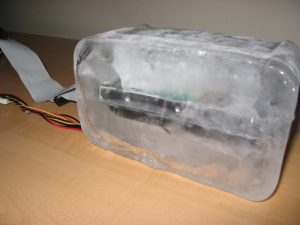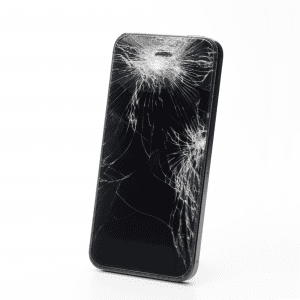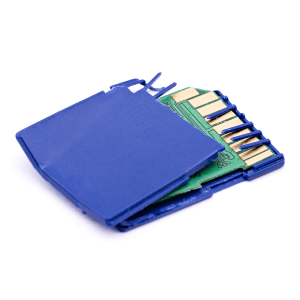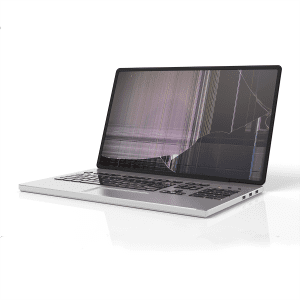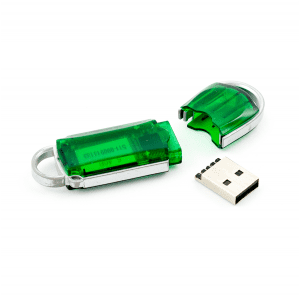What not to do…
If you have engine failure in your car, do you immediately turn to the internet to look for ‘how to fix my car’s engine?’ Maybe so, but do you then attempt to take the valve cover off yourself and replace the valves and head gasket yourself even though you have never done anything like that in your life? Not likely.
Do you ever self-diagnose medical problems on the internet? I know I do, but I have yet to try to perform surgery on myself.
So why do so many people try basically the same thing with their hard drive?
Bottom line: If your data is really valuable, do not tinker or try internet tricks on your drive. And here is why…
Over the last 10 years or so, we have seen so many homemade attempts at data recovery that you might not believe us.
In one case we received a drive for recovery that had the case pried up with a screwdriver because the client did not have the right tools to open the drive. (You shouldn’t do this anyways without a clean room, even if you have the right tools) The drive was covered in the clients dried blood because his attempt to pry open the drive must have resulted in gashing himself with the screwdriver. And that wasn’t the only thing that was gashed. When he used the screwdriver to pry open the drive, he put gashes in the surface of the platters. Result = UNRECOVERABLE. This drive had a very high potential for recovery if the client had not tinkered with it.
Here is another case that is very common. There is a myth going around the internet that if you have a failing drive, the best thing to do is put it in the freezer, then once it is nicely chilled (like a fine wine), hook it up and start copying the data. Well, we have seen our fair share of unsuccessful attempts at this as well. A drive recently came to us that was producing very odd symptoms for a drive if its type. We opened the drive in our clean room, and the platters were covered with droplets of water. We called the client to see if the drive was in a flood, and he said no, but he did put the drive in the freezer. See, what happens when you put the drive in the freezer is the same thing that happens to a coke can when you take it out of its cold environment and enter it into a warm one. It sweats. Hard Drive’s operate at a much higher temperature that a coke can, as you can imagine, so the condensation builds up very fast. Couple this with sending the drive through the mail when temperatures are freezing outside and you then can refreeze the water that built up inside of the drive. In other words, water + electronic components + platters spinning at 7200rpm = BAD. In some cases, we can still recover the data, however, usually at a much higher cost than if they had not tinkered in the first place.
It isn’t only the physical hard drive problems that ‘Do it yourselfers’ have. We have had countless cases of people installing over-the-counter recovery software on the same drive that they deleted data on, ruining any chances of recovery. When you delete a file, any subsequent writing of data on the drive can potentially overwrite the area of the drive that the deleted data lies on. If this happens, chances of recovery are impossible.
So in retrospect, is it really worth making a professional’s job harder (and more costly) and potentially ruining the chances of recovery if the data is irreplaceable? I say no, but that’s not going to stop most of us from tinkering.
Remember, before you attempt recovery yourself, give us a chance. We offer a completely risk-free evaluation and you may be surprised that data recovery doesn’t cost as much as you thought.

